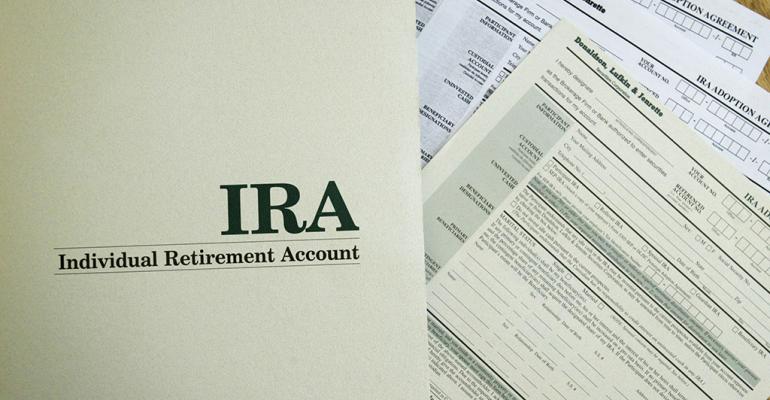How to move your IRA offshore in 2017
If you’re looking to diversify your account out of the US, protect your savings offshore, or purchase foreign real estate, here’s everything you need to know to move your IRA offshore in 2017. When done right, moving an IRA offshore is relatively simple.
The first step in moving your IRA offshore is to determine if your account(s) are eligible to be moved. You can move your IRA offshore if the account has vested. This usually means an account from a previous employer… an account that has been transferred from the employer to you.
From time to time, we see clients who have been at the same job for many years. If you’ve been at the company for 10+ years, some of your IRA may have vested. You can check with Human Resources to find out.
Note that you don’t need to be of any particular age to have a vested account. Each IRA from a previous employer is fully vested and eligible to be moved offshore.
Once you have your vested accounts in order, you can begin the process of moving them offshore.
The first step in taking your IRA offshore is to transfer it from your current custodian to one that allows for foreign structures and investments. Most IRA custodians make money selling you investments. So, they don’t want you moving cash out of their control. Note that this is a transfer and not a roll-over. No restrictions apply.
So, you need to move your account to a custodian who charges a flat annual fee, that doesn’t sell investments, and who allows for offshore structures. We recommend Midland, NuView and SunTrust, but there are many good custodians out there.
Once your custodial account is setup, you contact us to form an offshore IRA LLC for you. We incorporate the company, draft the operating agreement, and handle the structuring side of the process.
We also open an offshore bank account for you. Once the LLC and account are ready, your custodian transfers the cash in your IRA to this international bank account.
Your LLC is owned by your retirement account and you’re the manager of that company. That means you have total control over the bank account. You make the investments, send the wires, and write the checks. Your custodian has no control over the bank account.
The asset protection component of the structure comes from the fact that the LLC and bank account are outside of the US and out of the reach of a US creditor. Also, the fact that the custodian has no right to force you to return the money to the US provides an increased level of protection.
That’s everything you need to know to take your IRA offshore in 2017.
The most common question we get at this point is, what size IRA can go offshore?
The answer is that it’s up to you. The costs of moving a retirement account offshore are fixed. They don’t change based on the size of the account. Here’s a summary of those costs:
- Your US custodian will probably charge a flat fee off $300 per account per year.
- The cost to form the IRA LLC is around $3,000 depending on the country.
- The cost to open an offshore bank account is $500
- The annual fee to maintain the LLC is $500 depending on the country (beginning in year 2)
If you have a reason to take an account of $30,000 offshore and pay these fees, then go ahead. I’d say most clients have $50,000 or more they wish to protect, but everyone’s objectives and investment strategies are different.
I’ll close with a few suggestions for your IRA when you get it offshore. Note that my firm makes money setting up the structure. We don’t sell investments and we don’t earn a commission if you make an investment.
This tip can increase your ROI by 30% or more: When using your IRA, invest in low tax countries! Remember that profits from rental properties or capital gains will flow into your IRA tax free. Investing in a high tax country will lower these returns significantly.
So, hold your stock, FX, and trading accounts in a country that won’t tax your gains. Buy real estate in a country with a low capital gains rate. For example, Belize has a 0% rate, which is about as low as you’ll find!
Next, use your IRA to get a second residency. You can invest $20,000 in Panama, or $35,000 in Nicaragua, using your IRA and get residency for free.
Nicaragua is a great deal if you want to live there. If you spend 6 months a year for two years in country, you qualify for citizenship and a second passport. For more, see: The Best Second Residency Program in 2017
If you want residency without a physical presence requirement, look to Panama. Here you can apply for citizenship after 5 years. For more, see: Best Panama Residency by Investment Program
I hope you’ve found this article on how to take your IRA offshore in 2017 to be helpful. For more information, please contact me at info@premieroffshore.com or call us at (619) 483-1708.












Leave a Reply
Want to join the discussion?Feel free to contribute!